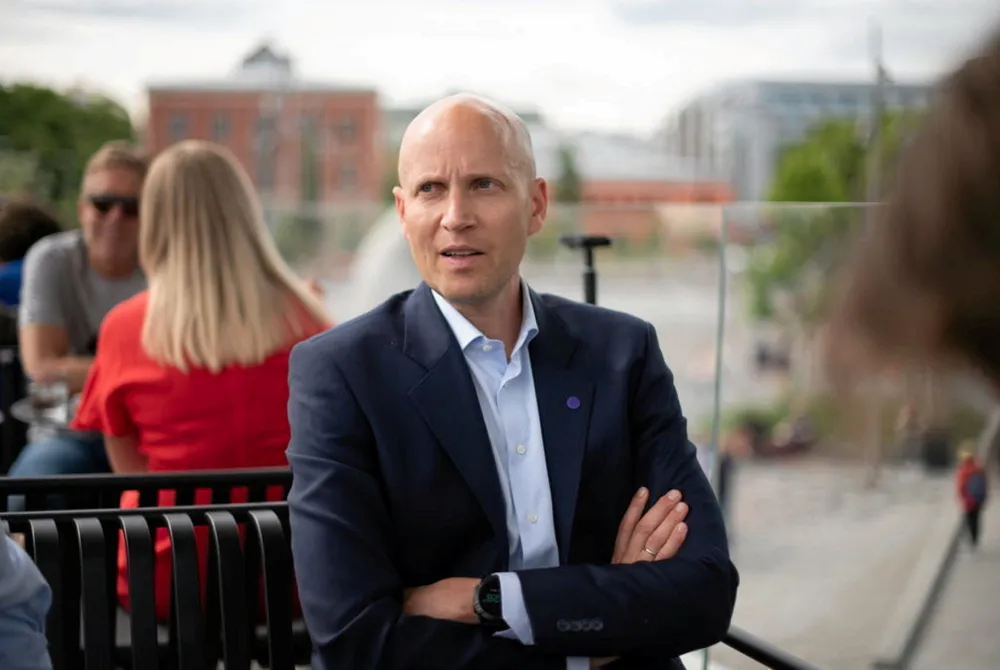'Paper electrolysers' | Nel CEO disputes analyst claims of looming overcapacity problem for green hydrogen
Decision on when to build 4GW factory in Michigan will hinge on firm orders exceeding current capacity in US and Europe

Decision on when to build 4GW factory in Michigan will hinge on firm orders exceeding current capacity in US and Europe
